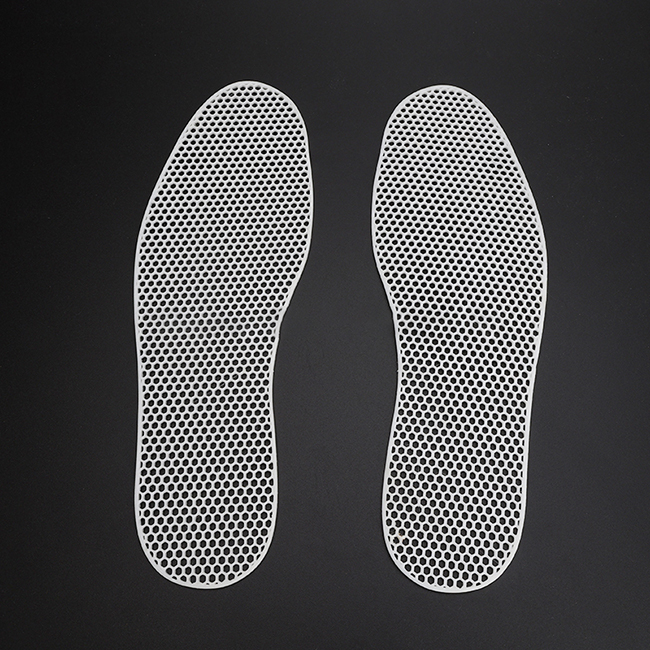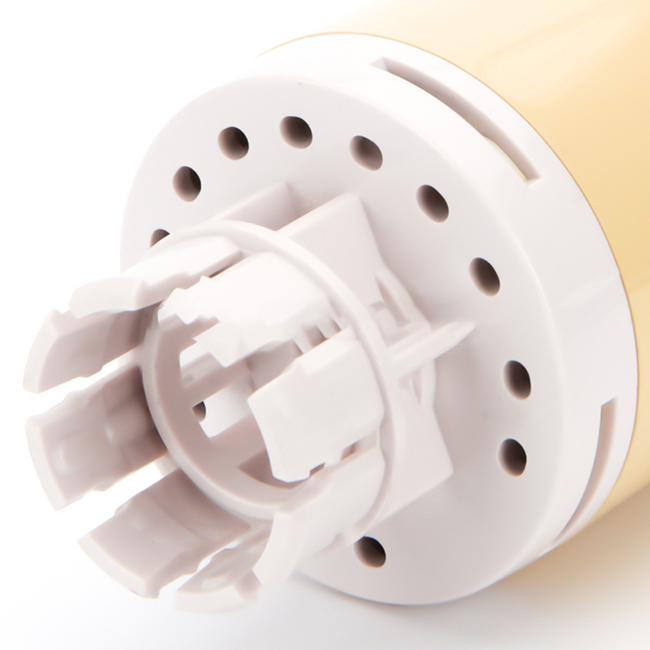Table of Contents
Advantages of Plastic Injection Molding for Manufacturing Lenses
Plastic injection molding is a widely used manufacturing process that involves injecting molten plastic material into a mold cavity. This process is commonly used in the production of a wide range of products, including lenses. Plastic molding lenses offer several advantages over other manufacturing methods, making them a popular choice for many companies.
One of the key advantages of plastic injection molding for manufacturing lenses is the ability to produce complex shapes with high precision. The mold cavity can be designed to create intricate lens designs that would be difficult or impossible to achieve with other manufacturing methods. This precision is essential for lenses, where even small imperfections can affect the performance of the final product.
| Surface finish | Polishing Finish / Slik Print / Texture Finish / Rubber Painting / Glossy Finish / Painting / Slik-Screen / Pad Print / EMI Coating / Electronic Plating / Laser Marking / Etc. |
| Production Process | Orders-Raw Materials- Production-Quality Inspection -Packaging-Shipment |
| Technology | Foaming / Ordinary Injection / Structual Foam Molding / Over-Molding / Gas Assisted Injection Molding |
Another advantage of plastic injection molding for lenses is the ability to produce large quantities of lenses quickly and cost-effectively. Once the mold is created, the injection molding process can be automated, allowing for high-volume production with minimal labor costs. This makes plastic molding lenses a cost-effective option for companies looking to produce lenses in large quantities.
Plastic injection molding also offers the advantage of being able to use a wide range of plastic materials. Different types of plastics have different properties, such as transparency, durability, and resistance to chemicals. By choosing the right plastic material for the lenses, manufacturers can ensure that the final product meets the specific requirements of their application.
In addition to the advantages of precision, cost-effectiveness, and material flexibility, plastic injection molding for lenses also offers the advantage of consistency. The injection molding process produces identical lenses with each cycle, ensuring that all lenses meet the same high-quality standards. This consistency is essential for applications where uniformity is critical, such as in medical devices or optical instruments.

Furthermore, plastic molding lenses can also be customized to meet specific requirements. Manufacturers can easily adjust the design of the mold cavity to create lenses with different shapes, sizes, and features. This flexibility allows companies to tailor their lenses to the unique needs of their customers, making plastic injection molding a versatile option for lens manufacturing.
Overall, plastic injection molding offers several advantages for manufacturing lenses, including precision, cost-effectiveness, material flexibility, consistency, and customization. These advantages make plastic molding lenses a popular choice for companies looking to produce high-quality lenses in large quantities. By leveraging the benefits of plastic injection molding, manufacturers can create lenses that meet the stringent requirements of their applications while remaining competitive in the market.
How to Achieve Precision and Quality in Plastic Molding of Lenses
Plastic injection molding is a widely used manufacturing process for producing plastic parts in large quantities. It is a cost-effective and efficient method that allows for the production of complex shapes with high precision and accuracy. When it comes to plastic molding of lenses, achieving precision and quality is crucial to ensure optimal performance and functionality.
One of the key factors in achieving precision in plastic molding of lenses is the design of the mold. The mold must be carefully designed to accurately replicate the shape and dimensions of the lens. This requires the use of advanced CAD software and precise machining techniques to create a mold that can produce lenses with tight tolerances.
In addition to mold design, the selection of the right materials is also critical in achieving quality in plastic molding of lenses. The choice of material will depend on the specific requirements of the lens, such as optical clarity, impact resistance, and durability. Polycarbonate and acrylic are commonly used materials for lens molding due to their excellent optical properties and high impact resistance.
Once the mold design and material selection are finalized, the plastic injection molding process can begin. This process involves injecting molten plastic material into the mold cavity under high pressure. The material is then cooled and solidified to form the lens shape. It is important to closely monitor and control the temperature, pressure, and cooling rate during the molding process to ensure consistent quality and precision.
To further enhance precision and quality in plastic molding of lenses, post-processing techniques such as polishing and coating can be employed. Polishing the lens surface can improve optical clarity and reduce surface imperfections, while coating can enhance durability and resistance to scratches and abrasions.
Quality control is another crucial aspect of achieving precision in plastic molding of lenses. Inspecting the lenses for defects such as air bubbles, warping, or surface irregularities is essential to ensure that only high-quality lenses are produced. Automated inspection systems can be used to detect and reject defective lenses, ensuring that only flawless products are delivered to customers.
In conclusion, achieving precision and quality in plastic molding of lenses requires careful attention to detail in mold design, material selection, process control, post-processing, and quality control. By following best practices and utilizing advanced technologies, manufacturers can produce lenses that meet the highest standards of performance and reliability. Plastic injection molding continues to be a versatile and efficient method for producing high-quality lenses that are essential in various industries, including automotive, medical, and consumer electronics. With the right expertise and resources, manufacturers can achieve exceptional results in plastic molding of lenses and meet the demands of today’s competitive market.





